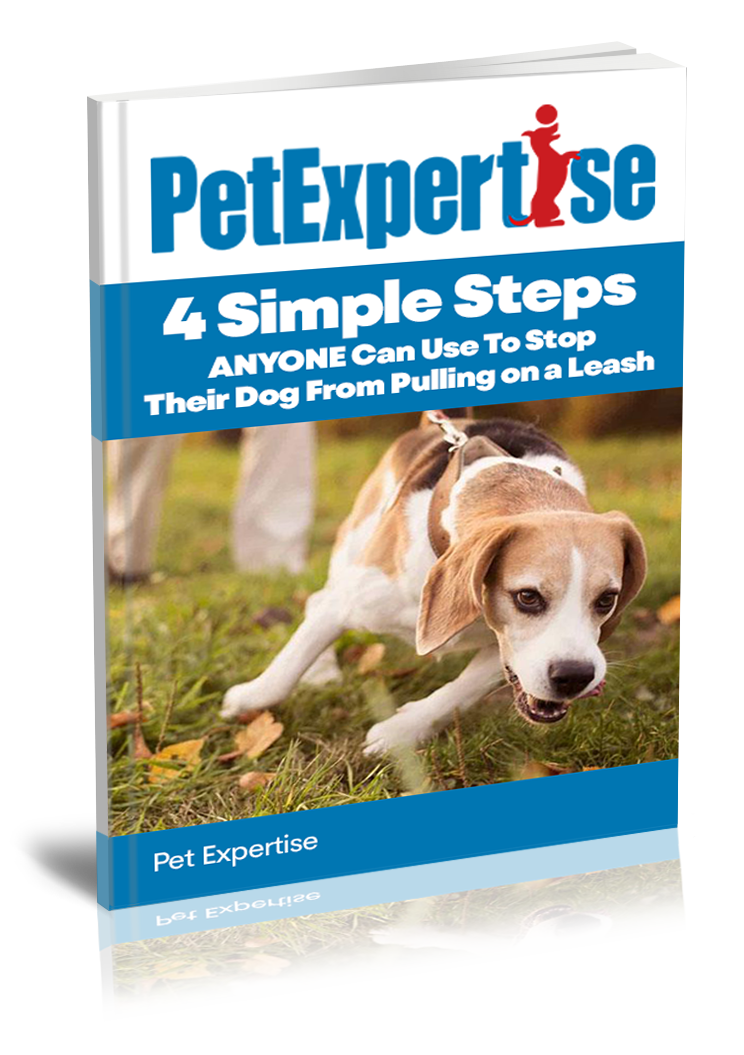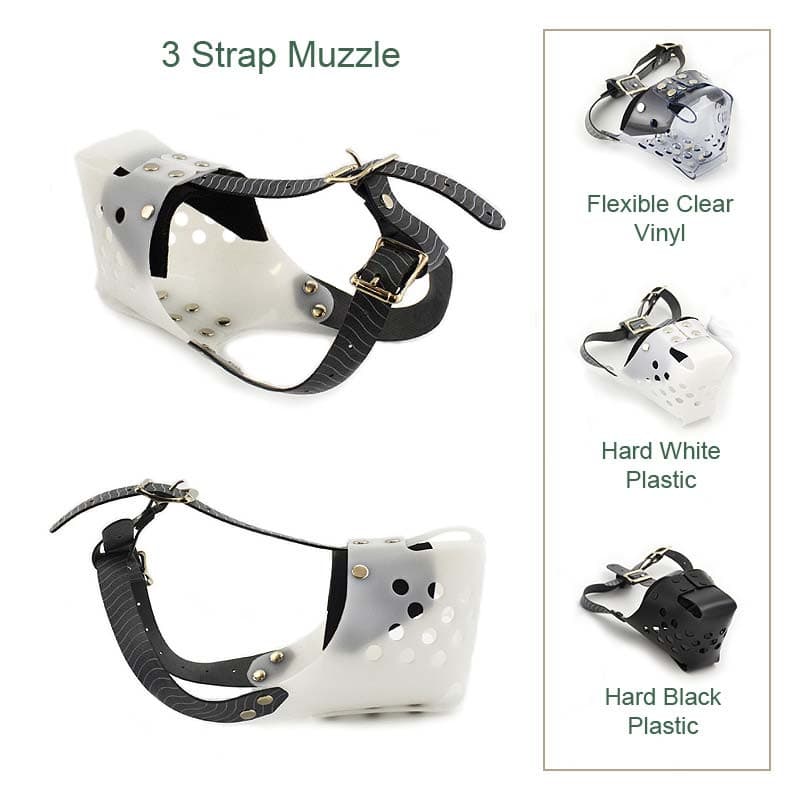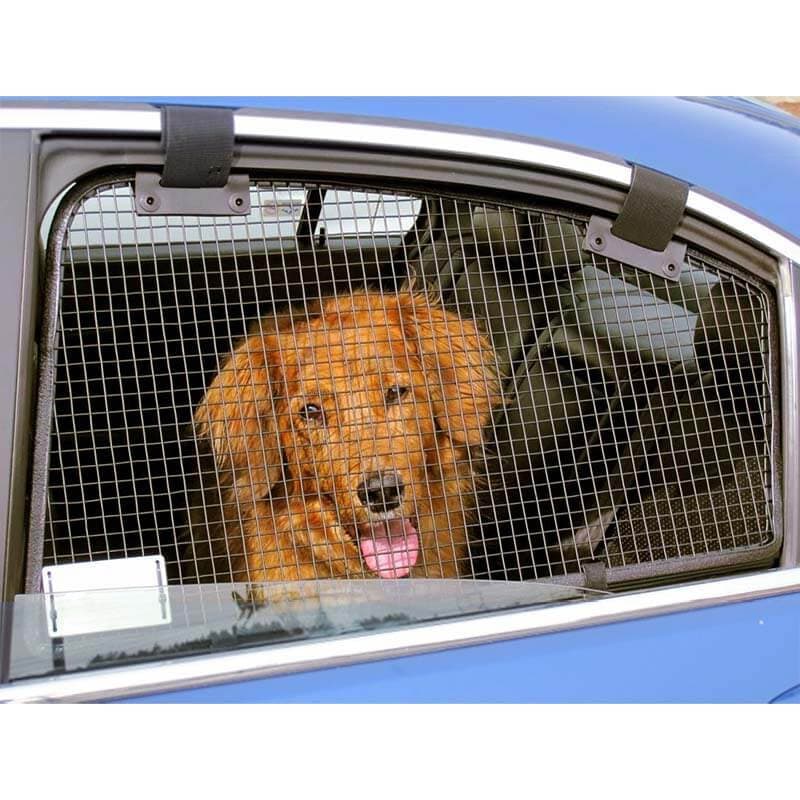How Chew Toys Can Aid in Dog Training

Training a dog is a blend of science, patience, and timing. As pet parents strive to shape positive behaviors and reduce unwanted ones, chew toys often emerge as a powerful but underappreciated ally. More than just a way to prevent your shoes from becoming a shredded mess, chew toys play an essential role in reinforcing obedience, relieving anxiety, and maintaining engagement during training. By understanding how and why chew toys benefit training, you can turn playtime into a powerful behavioral tool.
In this article, we’ll explore the psychology behind chewing, the specific types of training that benefit from chew toys, and expert tips for integrating these tools into your routine. We’ll also highlight common mistakes to avoid and recommend top-rated chew toys for various breeds and ages.
Understanding the Psychology Behind Chewing
Why Dogs Chew: Natural Instincts and Needs
Chewing is an instinctual behavior in dogs, not simply a mischievous act. Puppies chew as they teethe, adults chew to maintain dental health, and both chew to relieve stress or boredom. It's nature’s way of helping dogs explore their environment, much like how human toddlers might put objects in their mouths.
This behavior is rooted in their evolutionary biology. Wild canines chew on bones and sticks to clean their teeth, strengthen their jaws, and access marrow and nutrients. Domestic dogs retain this ancestral drive, and when this need is not met constructively, it can lead to destructive chewing behaviors around the home.
Providing a dog with designated chew toys gives them a healthy outlet for this need—one that can be leveraged to shape good behavior.
How Chewing Relates to Training Response
The act of chewing is soothing and self-rewarding for dogs. This is key in behavioral training. When a dog engages with a chew toy, it enters a state of calm focus, releasing stress and anxiety. These moments of calm are ideal for reinforcing positive behaviors.
For example, giving a chew toy after a successful command teaches the dog that obeying leads to a pleasant outcome. Over time, the association between behavior and reward strengthens, accelerating the learning process.
Chew toys can also act as powerful lures or motivators during training, especially when they're infused with treats or flavors that your dog finds irresistible.
Oral Stimulation and Mental Engagement
Dogs require both physical and mental stimulation. A chew toy does double duty—it keeps their jaws busy and their brains engaged. Especially when toys are interactive or contain hidden treats, they encourage problem-solving and focus.
This mental challenge is crucial for intelligent or high-energy breeds that get bored easily. Without mental enrichment, dogs may channel their energy into less desirable outlets like excessive barking, digging, or aggression. A well-chosen chew toy can prevent these behaviors before they start.

Types of Dog Training That Benefit from Chew Toys
Crate Training and Calm Reinforcement
Crate training teaches dogs that their crate is a safe, comfortable space—not a punishment. Chew toys are indispensable during this process. When a dog has a chew toy in their crate, it becomes a space of relaxation, not isolation.
Long-lasting chew toys or treat-dispensing ones keep dogs occupied and content during crate time. This helps prevent anxiety-driven behaviors like whining or scratching. Over time, the crate becomes associated with comfort and calmness, which is the foundation of successful crate training.
Potty Training and Distraction Techniques
Potty training involves teaching a dog to associate specific times and places with elimination. However, accidents often happen out of distraction or anxiety. Chew toys help here in two key ways:
- Crate Confinement: Dogs are less likely to eliminate where they rest. Providing a chew toy in the crate reinforces positive confinement.
- Prevention of Inappropriate Chewing: When a puppy needs to go outside, they may start pacing or chewing inappropriately. Redirecting their attention with a chew toy gives you time to prepare for a potty break without encouraging bad habits.
Additionally, chew toys can serve as a distraction in between potty breaks, helping to teach bladder control.
Bite Inhibition and Behavioral Shaping
Puppies naturally explore the world with their mouths, which includes nipping or biting during play. This is normal but needs to be managed to prevent problems as the dog grows.
Chew toys serve as substitutes for your hands or clothing. Redirecting your puppy’s bite to an appropriate toy teaches them what is acceptable. Over time, this shapes better play behavior and prevents bite escalation.
Many professional trainers recommend puppy-specific chew toys with varying textures to encourage healthy biting and discourage rough mouthing.
Positive Reinforcement Through Toy Rewards
Positive reinforcement is the cornerstone of modern dog training. It’s based on rewarding desired behaviors to increase their frequency. While treats are commonly used, chew toys offer an alternative—especially for food-sensitive dogs or situations where long-term engagement is preferred.
After a successful “sit,” “stay,” or recall command, handing over a favorite chew toy can solidify that success in the dog’s mind. The key is to provide the toy immediately, so the dog connects the action with the reward.
Integrating Chew Toys into Your Training Routine
Timing and Consistency in Toy Use
One of the most crucial aspects of training is timing. If a chew toy is used as a reward, it must be offered immediately after the desired behavior. Delayed rewards can confuse the dog and dilute the association.
Consistency is equally vital. Make chew toys part of a daily training schedule. For instance, always end training sessions with a few minutes of toy play, or always provide a chew toy after a successful command sequence.
This routine makes training predictable and rewarding for the dog, leading to faster results.

Choosing Treat-Dispensing Chew Toys for Training
Treat-dispensing toys like KONGs or puzzle feeders combine oral stimulation with reward delivery. These are particularly effective for reinforcing longer-term behaviors such as “settle” or “place.”
When filled with high-value treats or even your dog’s meal, these toys become a training tool that extends engagement beyond a quick snack. They also promote problem-solving and patience.
Visit our chew toy product collection to find a range of treat-dispensing and interactive toys suited to your dog’s breed, size, and training level.
Avoiding Overdependence: Balanced Use
While chew toys are helpful, overreliance can backfire. Dogs may become dependent on them for stimulation, leading to reduced interest in training without a toy present. Others may develop resource guarding behaviors.
To avoid this, use chew toys strategically—during specific training tasks, crate time, or as a calming aid. Rotate toys regularly and combine them with other training rewards like praise, clickers, and occasional treats.
Mistakes to Avoid When Using Chew Toys in Training
Not Replacing Damaged Toys
Worn-out or damaged toys can pose choking hazards or injure your dog’s gums. Regularly inspect toys for signs of wear, such as broken parts or loose stuffing. Replace them promptly to maintain safety and effectiveness.
Some dogs are aggressive chewers and may destroy toys faster than expected. For them, invest in ultra-durable products specifically labeled as “power chewer” friendly.
Misinterpreting Aggressive Chewing
It’s important to differentiate between normal chewing and frustrated or aggressive chewing. If a dog growls, stiffens, or guards the toy, it may indicate stress or possessiveness rather than playful behavior.
In these cases, chew toy use should be supervised and integrated into behavior modification strategies. Consult professional dog trainers or resources like the ASPCA Dog Behavior Tips for support.
Not Supervising New Toy Introductions
Not all toys are suitable for every dog. Always supervise the first few uses of a new chew toy to ensure it’s a safe match for your pet’s size, chewing strength, and play style.
Some toys may be too small and pose a choking hazard, while others may splinter or break easily. Review product descriptions carefully and consult with your vet or trainer when in doubt.
Trainer-Recommended Chew Toys for Training
Breed-Specific Options
Different breeds have different chewing needs. For example:
- Retrievers tend to enjoy soft-textured toys they can mouth.
- Terriers benefit from tough rubber or rope toys due to their strong jaws.
- Toy breeds often prefer smaller toys they can easily hold.
At Pet Expertise, we offer breed-specific filters to help you find the perfect match for your dog’s chewing style and training needs.
Age-Appropriate Choices
Puppies need gentle, teething-friendly toys made from soft rubber or fabric. Adult dogs typically prefer denser, more durable materials. Senior dogs may require softer toys to accommodate dental wear and sensitive gums.
Ensure the toy matches your dog’s life stage. A puppy chewing on a toy designed for adult power chewers could damage their teeth, while a senior dog may not enjoy toys that are too hard.
Durable vs. Soft Material Toys
Durability is critical for aggressive chewers. Look for toys made from natural rubber, nylon, or heavy-duty plastic. For gentler dogs or younger pups, soft plush toys can be soothing and less intimidating.
The key is variety—mix and match materials to keep your dog engaged and satisfied. For a curated selection of tough and soft chew toys, browse our collection of trainer-recommended dog toys.
Conclusion: Chew Toys as a Secret Weapon in Dog Training
Chew toys are much more than entertainment—they’re one of the most effective and versatile tools in your dog training toolkit. From soothing anxious pups during crate training to reinforcing good behavior with engaging, rewarding play, chew toys offer a wide range of benefits. When used correctly, they transform everyday routines into consistent learning opportunities.
By choosing age-appropriate, breed-specific, and durable chew toys, and by integrating them thoughtfully into your training regimen, you’ll help your dog develop into a well-mannered, mentally balanced companion.
For a wide range of chew toys tailored to your dog’s unique needs—as well as expert advice on dog behavior and obedience training—visit Pet Expertise. Our curated selection is designed with guidance from professional trainers and pet behaviorists, ensuring every product supports your dog’s development in the most enriching way possible.
Frequently Asked Questions (FAQs)
Chew toys can supplement or occasionally replace treats, especially for dogs that are not food-motivated or those on restricted diets. Toys that dispense treats or offer long-lasting engagement, like rubber chew toys filled with peanut butter, provide both a reward and mental stimulation. However, for training commands that require fast repetition, treats may still be more effective.
For teething puppies, soft rubber or fabric chew toys designed specifically for young dogs are best. Look for options that soothe sore gums and are appropriately sized to prevent choking. Avoid hard plastics or toys that can splinter. Always supervise use, especially during the teething phase.
Yes—if the toy is safe, durable, and size-appropriate. Long-lasting chew toys designed for unsupervised use can help reduce separation anxiety and boredom. However, always supervise new toys at first to ensure your dog doesn’t destroy or swallow pieces. Once a toy’s durability is confirmed, it can be used safely when you’re away.
Rotating 3–5 chew toys helps maintain your dog’s interest and prevents overdependence on one toy. Introduce new textures, scents, and shapes weekly to stimulate mental engagement. Use specific toys only during training to maintain their novelty as a reward.
Yes, but it’s crucial to choose toys that match your dog’s age, breed, and chewing style. Power chewers like Pit Bulls or German Shepherds need tougher toys, while senior dogs benefit from softer options. Puppies require teething-friendly materials. Many manufacturers—including those featured on Pet Expertise—offer breed and age-specific filters to help you choose the right toy.
- Choosing a selection results in a full page refresh.
- Press the space key then arrow keys to make a selection.



